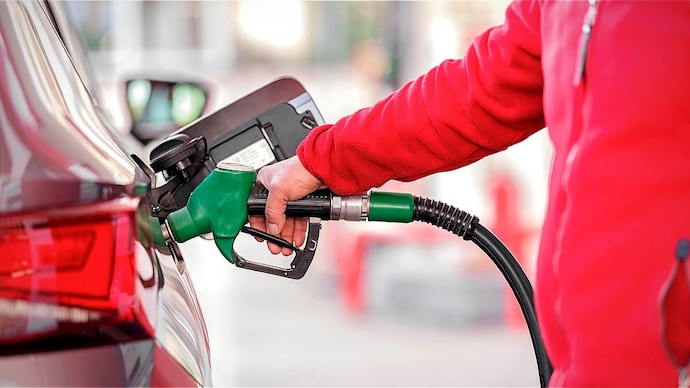
According to an RTI, India‘s ethanol fuel program was formally launched in 2002 when the Atal Bihari Vajpayee administration mandated 5% ethanol blending in nine states and four Union Territories. The controversy around ethanol-blended gasoline (E20) often gives the impression that it began under Narendra Modi. However, government records obtained through an RTI query show the scheme’s roots trace back to former Prime Minister Atal Bihari Vajpayee’s regime.
Nine important announcements from the Petroleum and Natural Gas Ministry chart the program’s journey — from pilot projects in 2001 to the national rollout of E20 fuel in 2022.
First Mandate and Pilot Project
The first formal step came under Vajpayee. By mid-2001, experimental operations blending 5% ethanol with gasoline had started in Maharashtra and Uttar Pradesh. The first government notification on September 3, 2002, highlighted the goal to boost agriculture and reduce pollution. Three pilot projects were already running by April–June 2001. After consultations with state governments, sugar industry groups, and automakers, the government concluded that ethanol blending was both technically and economically feasible.
On January 1, 2003, the government ordered 5% blending in nine states (Andhra Pradesh, Gujarat, Haryana, Karnataka, Maharashtra, Punjab, Tamil Nadu, Uttar Pradesh, West Bengal) and four Union Territories (Dadra & Nagar Haveli, Daman & Diu, Chandigarh, and Pondicherry).
UPA Expansion of Ethanol Blending
The policy expanded under Prime Minister Manmohan Singh. On October 27, 2004, 5% blending was extended to Uttarakhand. A September 20, 2006 order expanded it further to ten more states, covering 19 states and four UTs. This marked UPA’s first major push for nationwide implementation.
On January 3, 2013, under the Essential Commodities Act, the UPA mandated Oil Marketing Companies (OMCs) to sell petrol blended with up to 10% ethanol. For the first time, ethanol became part of India’s national fuel policy, setting a target of 5% blending with a scope to move to 10%.
Modi Government Push for E20 Fuel
On February 5, 2019, the Modi government ordered OMCs to sell 10% ethanol-blended gasoline (E10) across 29 states and five Union Territories. This not only formalized the 2013 target but also gave the government authority to mandate higher levels of blending.
On March 22, 2021, ethanol (E100) was legally recognized as a separate transport fuel. On June 2, 2021, approval was given to blend petrol with 20% ethanol (E20), with an initial rollout date of April 1, 2022. A final order on December 12, 2022, mandated that the rollout begin from December 15, 2022.
Opposition and Industry Concerns Over E20
The E20 rollout faced criticism from opposition parties and industry experts. Some car owners reported that E20 fuel harms older vehicles and reduces mileage. Union Minister Nitin Gadkari dismissed these concerns as part of a “paid political campaign” while asserting that automakers and regulators back E20’s safety.
For breaking news and live news updates, like us on Facebook or follow us on Twitter and Instagram. Read more on Latest India on thefoxdaily.com.





COMMENTS 0